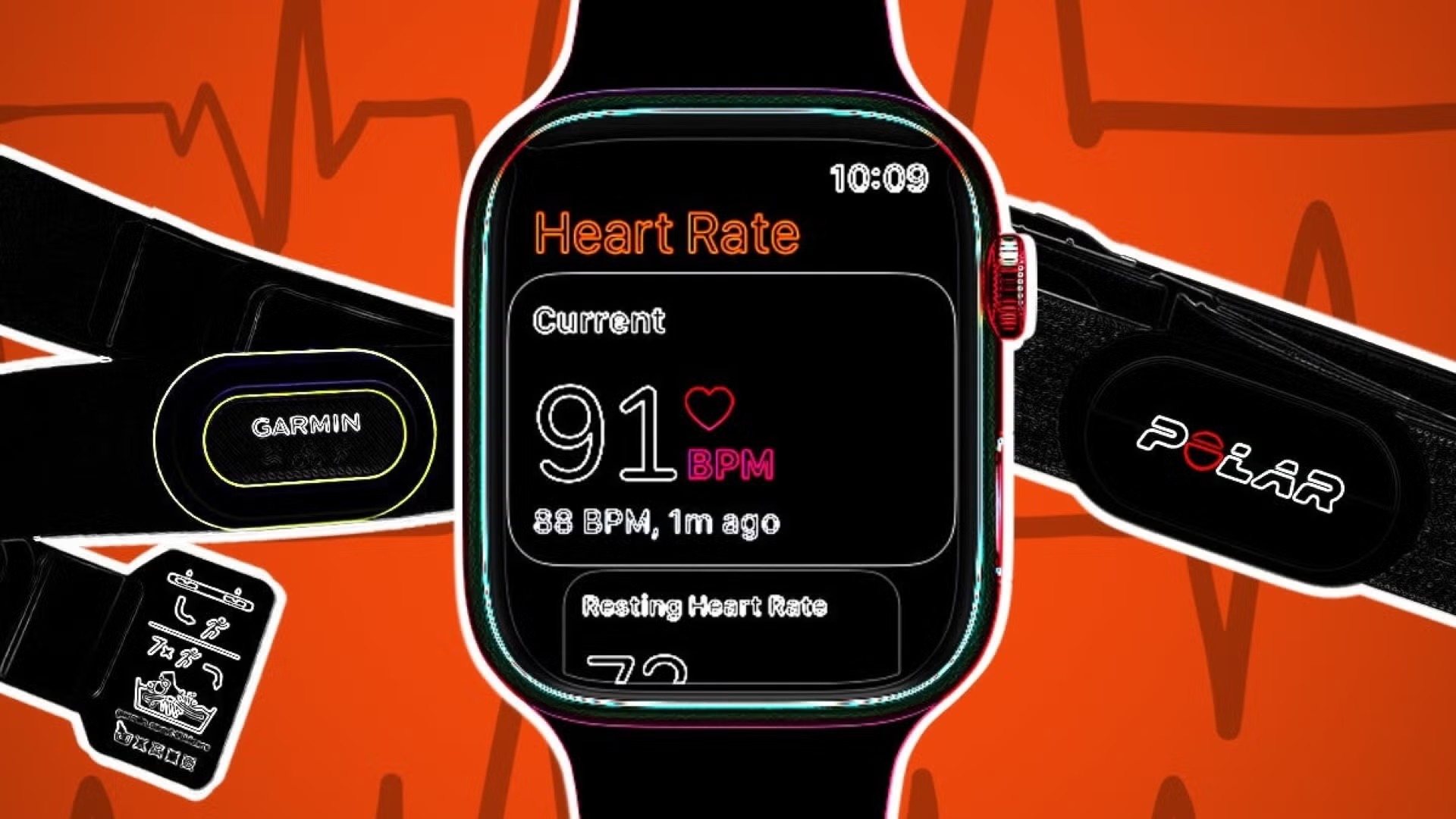Despite the rapid expansion of 5G and LTE networks, millions of people still struggle with cellular dead zones – areas where mobile signals vanish or degrade dramatically. These coverage gaps can affect everything from simple phone calls to emergency services and industrial IoT applications.
Traditional approaches to measuring cellular coverage – drive testing with expensive equipment or relying on incomplete carrier maps – are often outdated, inaccurate, or logistically impractical. But what if ordinary people could help map signal strength everywhere they go, effortlessly?
That’s the vision behind wearable cellular coverage monitors: compact, low-power devices worn on the body that continuously log signal strength, GPS location, and quality metrics as users move through their environment.
At the core of this innovation lies advanced embedded development services: the engineering expertise to design smart, energy-efficient wearables capable of real-time data collection, wireless syncing, and cloud integration. In this article, we’ll explore how embedded hardware, UX design, and cloud infrastructure combine to create wearable tools that help us better understand — and solve — poor mobile coverage.
Why Wearables for Cellular Signal Monitoring?
Wearables are uniquely positioned to solve the problem of cellular mapping:
- They are mobile and unobtrusive, naturally following users through a variety of environments.
- They are power-efficient, often built to last for days or weeks on a single charge.
- Most importantly, they offer a scalable and distributed architecture – thousands of people could collect and submit signal data passively, creating rich datasets for analysis.
It’s a similar concept to fitness trackers: just as millions of people track their steps and heart rates daily, they could also help measure the health of our mobile networks.
Hardware Architecture: Sensors + Connectivity
Building a wearable for signal coverage mapping requires thoughtful hardware design. The device must be compact, durable, and energy-efficient, without compromising data quality.
Key Components:
- Microcontroller Unit (MCU) – like an STM32 or ESP32, providing the core processing and low-power modes.
- Cellular Modem or Signal Scanner – capable of reading RSSI, RSRP, SINR, and other signal quality metrics for multiple carriers.
- GPS Module – for geolocation of each reading.
- BLE (Bluetooth Low Energy) – for syncing with a user’s smartphone.
- Battery + Power Management Unit – to optimize runtime.
In a typical implementation, the wearable periodically scans the surrounding cellular environment and logs signal metrics with timestamps and GPS coordinates. It may also buffer data locally in case of temporary connection loss.
The device syncs via Bluetooth with a mobile app, which then pushes the data to a cloud platform for aggregation and visualization.
Embedded Software: Efficient Data Collection
At the firmware level, the system must balance performance with energy consumption. This includes:
- Sampling signal data at configurable intervals (e.g., every 30 seconds or 50 meters).
- Filtering out noisy or repeated data using simple onboard algorithms.
- Utilizing BLE to connect with a companion app (e.g., built using Flutter or React Native).
- Supporting offline storage and delayed sync to accommodate network outages.
Data integrity is critical, so the embedded system should ensure that signal readings are timestamped, GPS-accurate, and validated before upload.
User Experience (UX) Layer: What Data to Show, and How
For the average user, cellular diagnostics might feel too technical. The key is simplifying the experience while making it meaningful:
- A map view showing areas the user has helped map.
- A heatmap overlay visualizes signal strength in their surroundings.
- Real-time notifications: e.g., “You just entered a dead zone.”
- Gamification elements: badges, leaderboards, or even crypto rewards for frequent contributors.
This approach mirrors fitness trackers that display easy-to-understand metrics like “steps walked” or “heart rate trends”. The goal is to make users feel involved without overwhelming them with radio frequency acronyms.
Cloud & Data Aggregation Layer
Once the data is uploaded from the mobile app, the real power emerges in the cloud:
- Data Aggregation: Organizing readings by carrier, region, and signal quality.
- De-duplication & Normalization: Ensuring accuracy and consistency across thousands of user reports.
- API Integration: Data can be shared with platforms like DeadZones.com, network operators, or city planners.
Over time, these datasets can enable AI-powered forecasting, helping predict where dead zones are likely to emerge based on usage trends, weather, or urban development.
Real‑World Applications and Business Use Cases
To illustrate the potential of wearable coverage monitors, let’s look at a real-world case from Embrox Solutions: the development of an AI-powered fitness wearable ecosystem.
In this project, Embrox engineered a compact wearable that:
- Collected real-time physiological data via onboard sensors.
- Synced with a mobile app via BLE.
- Pushed data through MQTT to a secure cloud.
- Enabled AI analysis of user behavior patterns.
The hardware was optimized for low power consumption, reliable Bluetooth connectivity, and offline operation – features that directly apply to cellular monitoring use cases.
This same architecture can be repurposed for field signal reporting:
- Swap the biometric sensors for a cellular signal scanner.
- Adapt the firmware to capture RSRP/RSSI instead of heart rate.
- Use the existing BLE+MQTT architecture for seamless data flow.
Business Applications:
- Telecom Operators: Track signal performance in hard-to-reach or high-traffic areas via staff or volunteers wearing the monitors.
- Smart Cities: Enable residents to help map connectivity in public spaces.
- Delivery & Field Services: Logistics teams can avoid poor coverage zones with real-time mapping.
- Agriculture: Monitor rural signal coverage for autonomous farming equipment.
- Consumers: Empower users to detect poor reception areas in their homes or neighborhoods.
This approach turns passive users into active participants in improving mobile infrastructure, just like the Embrox fitness wearable turned casual joggers into personal health analysts.
Challenges & Future Outlook
As with any emerging technology, wearable coverage monitoring faces challenges:
- Battery Life: Continuous scanning can be power-intensive.
- Privacy: GPS + signal data = sensitive movement patterns. Strong encryption and opt-in consent are essential.
- Device Cost: The affordability of the wearable will determine how widely it can be adopted.
- Carrier Interoperability: Scanning across multiple networks may require custom firmware or certification.
Looking ahead, the future is promising:
- Integration with eSIMs and native 5G signal chips will increase measurement precision.
- AI models will predict where new dead zones may occur – not just detect them.
- Users may earn digital rewards (blockchain or tokens) for contributing valuable data to the network.
Conclusion
Wearable coverage monitors represent a transformative step in how we understand and solve connectivity challenges. By combining embedded engineering, mobile UX, and cloud infrastructure, they empower users and businesses alike to map, analyze, and improve mobile signal coverage – all with minimal friction.
As demonstrated by Embrox’s success in developing low-power, BLE-enabled wearable tech with AI cloud integration, the building blocks for this solution already exist. What’s needed now is collaboration between engineers, cities, carriers, and platforms like DeadZones.com to bring these ideas into the real world.
Because the future of connectivity isn’t just about building bigger towers – it’s about building more innovative tools in the hands (or on the wrists) of the people.







